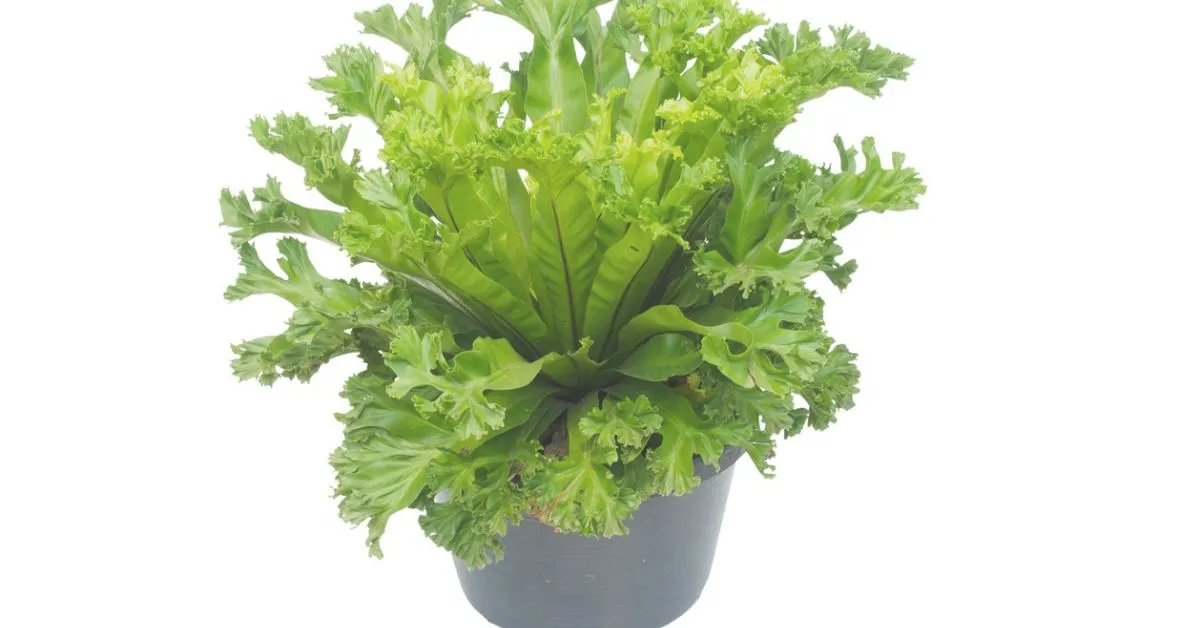The Majestic Macho Fern A Guide to Cultivating Tropical Elegance
Macho ferns, whose formal name is Nephrolepis biserrata, have some of the most popular ferns because of their strong and colourful leaves. These ferns come from warm areas of Asia, South America, and Africa. They are popular houseplants around the world because they look great and are easy to take care of.
History and Origin
Macho ferns have been around for hundreds of years, and proof from ancient civilizations shows that they were grown for their beauty. But it wasn’t until the 18th century that they became well-known in Europe. From there, they spread to other countries. Today, macho ferns are valued for both their beauty and their biological importance.
Physical Characteristics
Large, arching leaves that can grow up to three feet long are what make macho ferns unique. The fronds have many lance-shaped leaflets grouped symmetrically along a central stem. This makes them look feathery and classy. It has thick, bright green leaves that give any room, indoors or out, a touch of tropical beauty.
Growing Conditions
For macho ferns to do well, they need to grow in settings that are similar to their natural environment. They do best in warm, humid places with indirect sunlight, so they should be put in bright but not too sunny parts of the yard or home. They also do best in dirt that drains well and holds water without becoming soggy, which is good for growth and development.
Popular Varieties
There are a lot of different types of famous macho ferns, and each one has its own special traits. One of the most common types is the Boston fern (Nephrolepis exaltata), which is grown for its beautiful arching leaves and ability to clean the air. The Kimberly Queen fern (Nephrolepis obliterata) and the sword fern (Nephrolepis exaltata ‘Swordfern’) are two other famous cultivars. They are each valued for their unique qualities and ability to adapt to different conditions.
Benefits of Growing Macho Fern
Macho ferns are beautiful, but they also have many other uses that make them a useful addition to any area, indoors or out. As natural air cleaners, they help get rid of toxins and other pollutants in the air, making it healthier and easier to breathe. In addition, their lush greenery and relaxing presence can help with stress relief and health in general.
Care and Maintenance
Macho ferns are pretty low-maintenance plants, but they still need regular care to grow well. It’s important to water them regularly so that the soil stays properly moist but not soaked. During the growing season, give them a balanced liquid fertiliser once a month to give them the nutrients they need to grow well. To keep macho ferns looking their best all year, prune off any dead or damaged leaves and make sure the humidity level stays right.
Propagation Methods
There are several ways to make more Macho ferns, such as dividing them and spreading their spores. To make new plants, the rhizomes, which are the underground stems, are split up and planted in different pots. Spore propagation, on the other hand, involves taking spores from fully grown leaves and planting them on the right kind of soil so they can grow into new plants. Both of these ways will help you grow more macho plants and add to your collection.
Common Pests and Diseases
Even though strong ferns are pretty tough, they can get some pests and diseases that can hurt their health and look. Scale insects, mealybugs, and aphids are some common pests that can be kept under control by inspecting regularly and using the right treatments. Also, fungal diseases like leaf spot and root rot can happen when it’s too wet, which shows how important it is to water and air-vent your plants properly to avoid problems.
Uses of Macho Fern
Macho ferns are very useful plants that can be used in gardening, home decor, and other places. These plants can be used as focal points, ground covers, or borders in gardens and landscapes. They give outdoor areas more texture and visual interest. They look great as hanging plants, table centrepieces, or accent pieces inside, making homes, offices, and public places look better. Macho ferns are also often used in flower designs and green walls, which shows how versatile and pretty they are.
Decorative Tips
If you want to get the most out of your macho ferns in your yard or home, think of creative ways to show off their beauty. You can hang them in pretty baskets or planters to make beautiful vertical plants or displays that fall from the ceiling. Mix and match different types and textures to give your layouts more depth and dimension. Put them together with plants that go well with them, like ivy or spider plants, to make eye-catching combinations that make your space look better overall.
Conclusion
In conclusion, macho ferns are beautiful plants that can be used both indoors and outdoors. They have earned a place in parks, homes, and landscapes all over the world thanks to their lush leaves, ability to clean the air, and ease of care. No matter how experienced you are as a farmer or how new you are to plants in general, adding a macho fern to your collection will make you happy and calm.
FAQs
Are macho ferns suitable for beginners?
In fact, macho ferns are great for beginners because they don’t need much care and can grow in a variety of situations.
How often should macho ferns be fertilized?
To keep the leaves and growth of your Macho ferns healthy, you should fertilise them once a month during the growing season with a balanced liquid fertiliser that has been dampened to half strength.
Can macho ferns tolerate low light conditions?
Even though macho ferns like indirect sunlight, they can handle short times of low light. Long-term exposure to low light, on the other hand, may slow growth and make leaves less colourful.
What is the ideal temperature range for macho ferns?
Macho ferns do best when the temperature is between 65°F and 75°F (18°C and 24°C). They should be kept away from temperatures below 50°F (10°C) to keep them from getting hurt.
How can I prevent pests and diseases in my macho ferns?
Check your strong ferns often for signs of pests or diseases, and keep them clean by cutting off any dead or damaged leaves. To avoid fungal infections and pest outbreaks, don’t water too much and make sure there is enough airflow.






